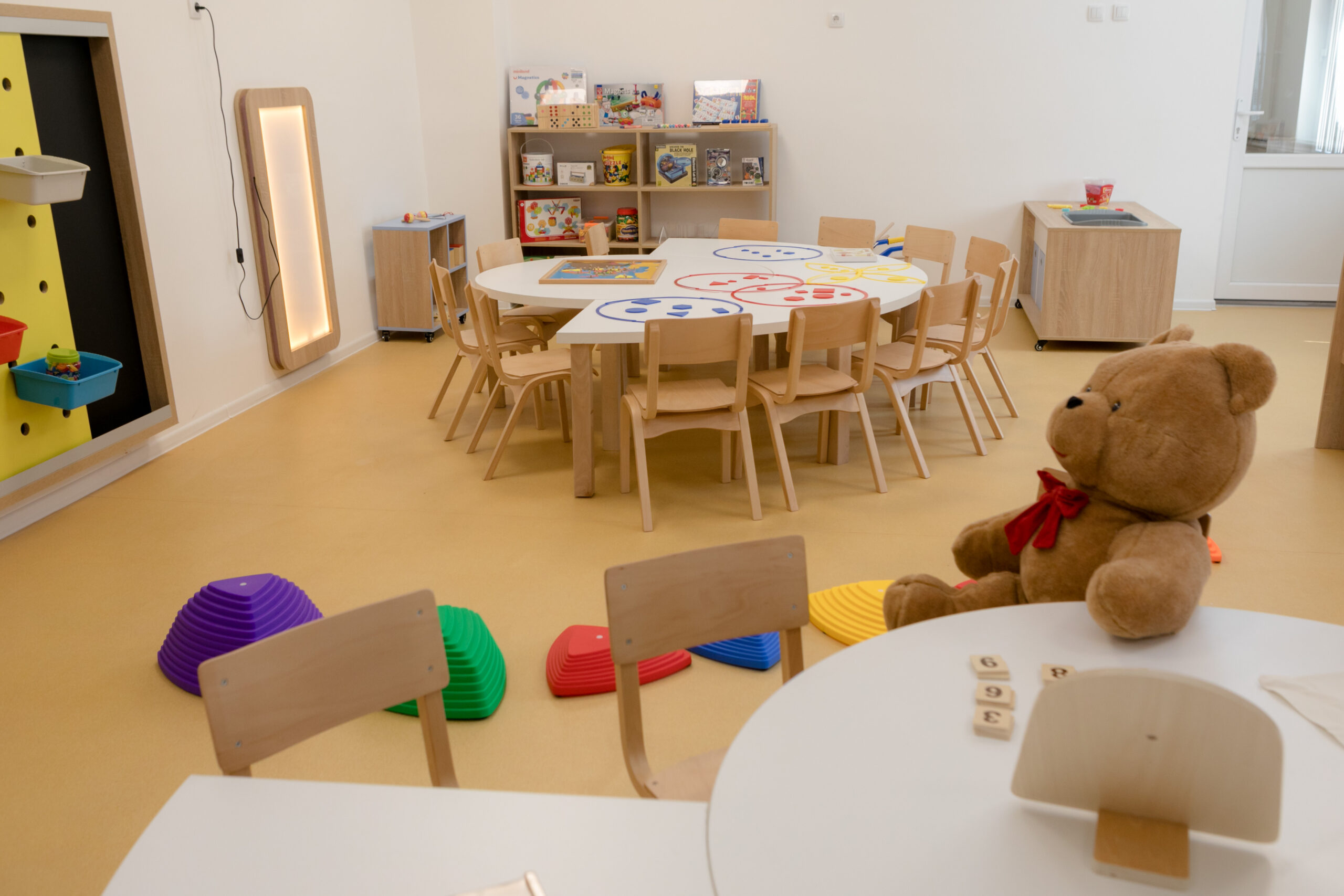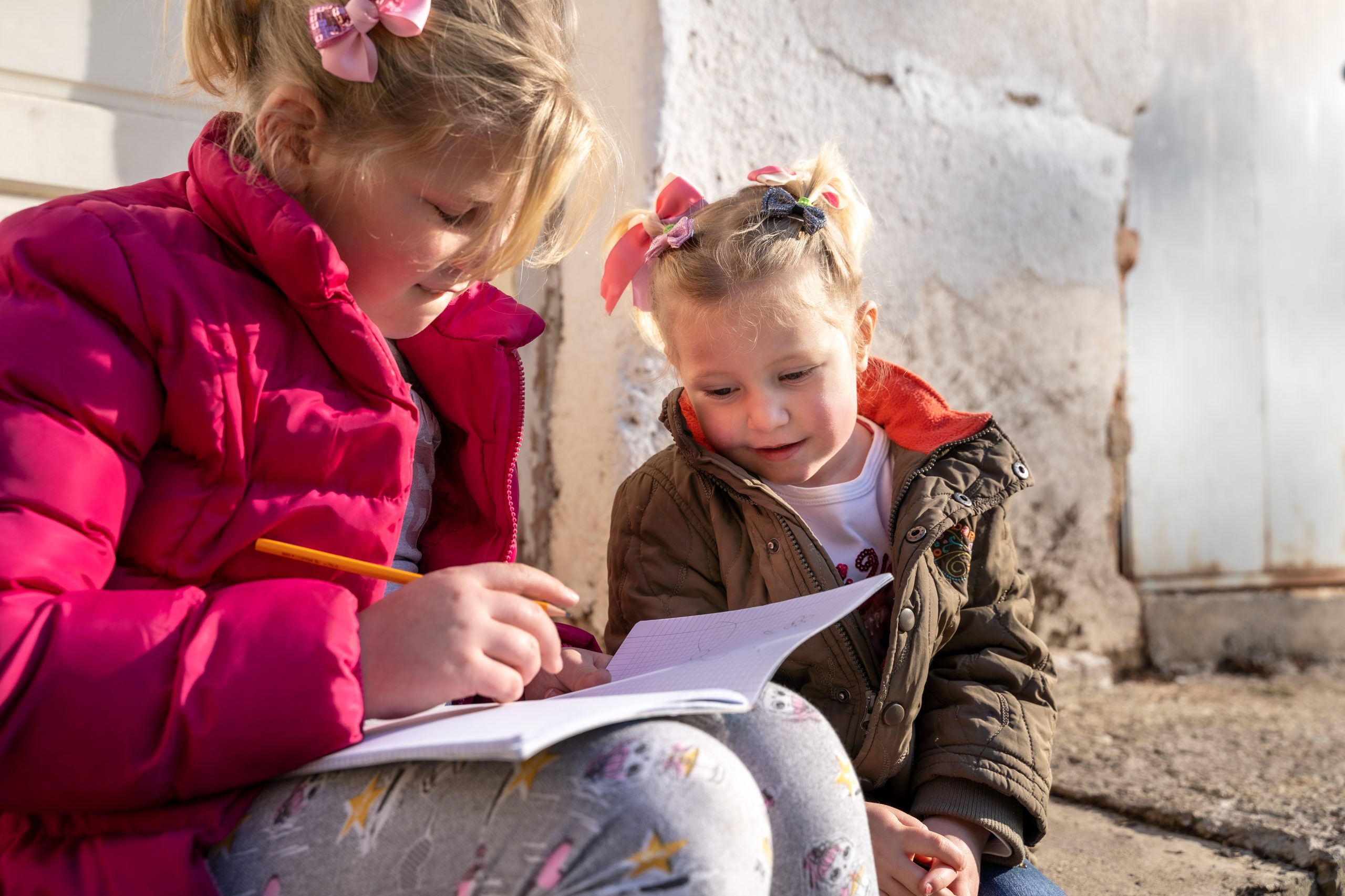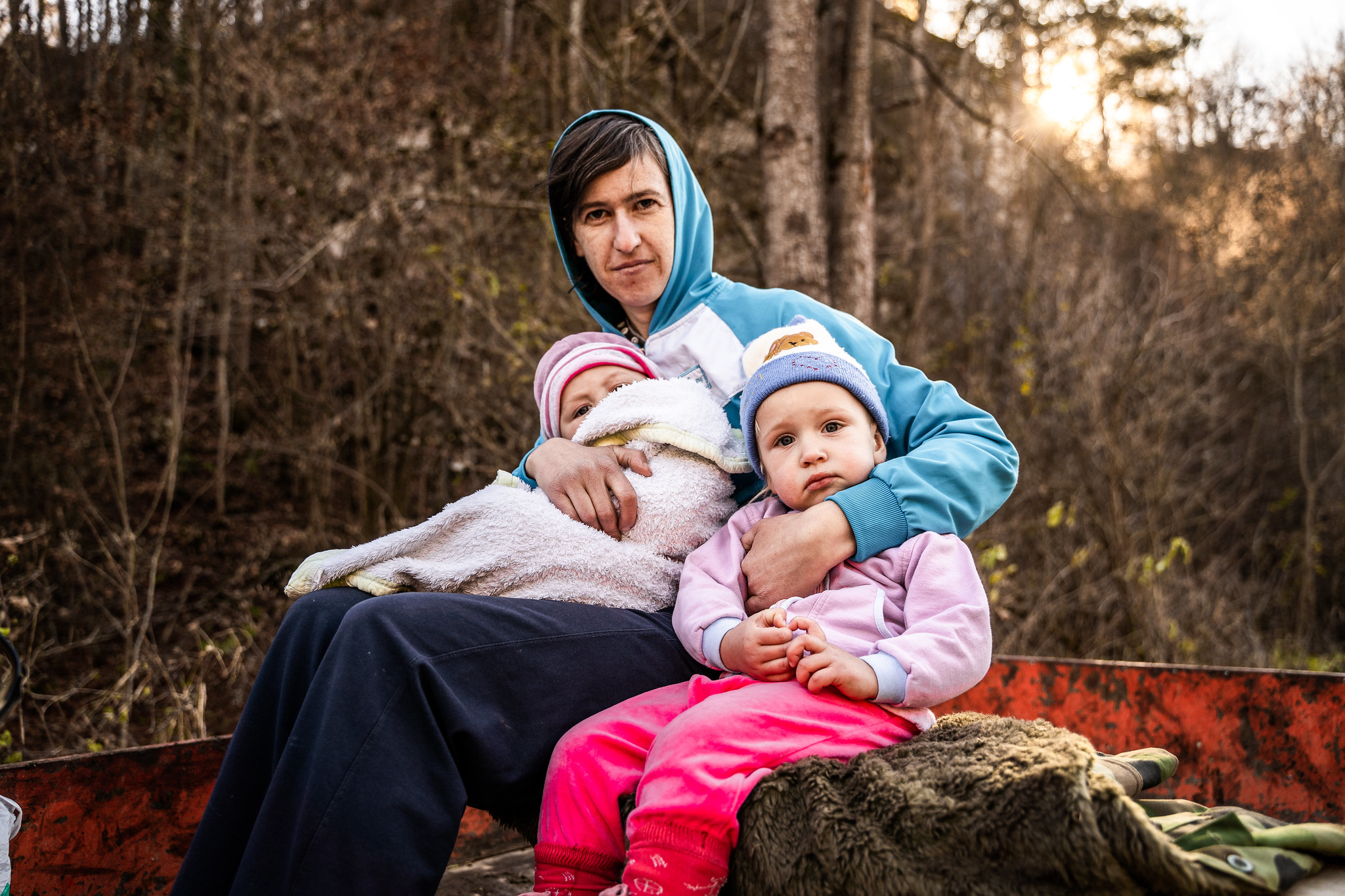We have already written about the pros and cons of educational systems in Japan , Finland, and China. This time we researched early childhood education in India and found out some interesting facts.
Indian families have for centuries believed in raising children by giving Sanskaras which means giving them basic set values of life and living. For example, ‘Guru Devo Bhava’ which means ‘the Teacher is as good as God’, helps the children understand the importance of education and the teachers who educate them. For a very long time, early childhood education in India came into the exclusive domain of the head of the family. In India being a dominantly oral culture, it was believed that children first learn from their mothers, and then elders in the family. Children were exposed to an outside tutor at a later stage of their childhoods.
It took years for the policymakers to recognize the importance of quality early childhood education and to find its correlation with other positive impacts it has on a child’s life. Early Childhood Care and Education (ECCE) discovered its due spot in the policy framework in India later in 1986 when an important section of the National Policy on Education was dedicated to it. ECCE was characterized in the framework as an incorporated idea of care and instruction of kids between 0-6 years from socially impeded gatherings. This framework was viewed as encouraging to establish the youngster’s framework and furthermore straighten administration for young ladies and working moms.
Discoveries by the UNICEF India
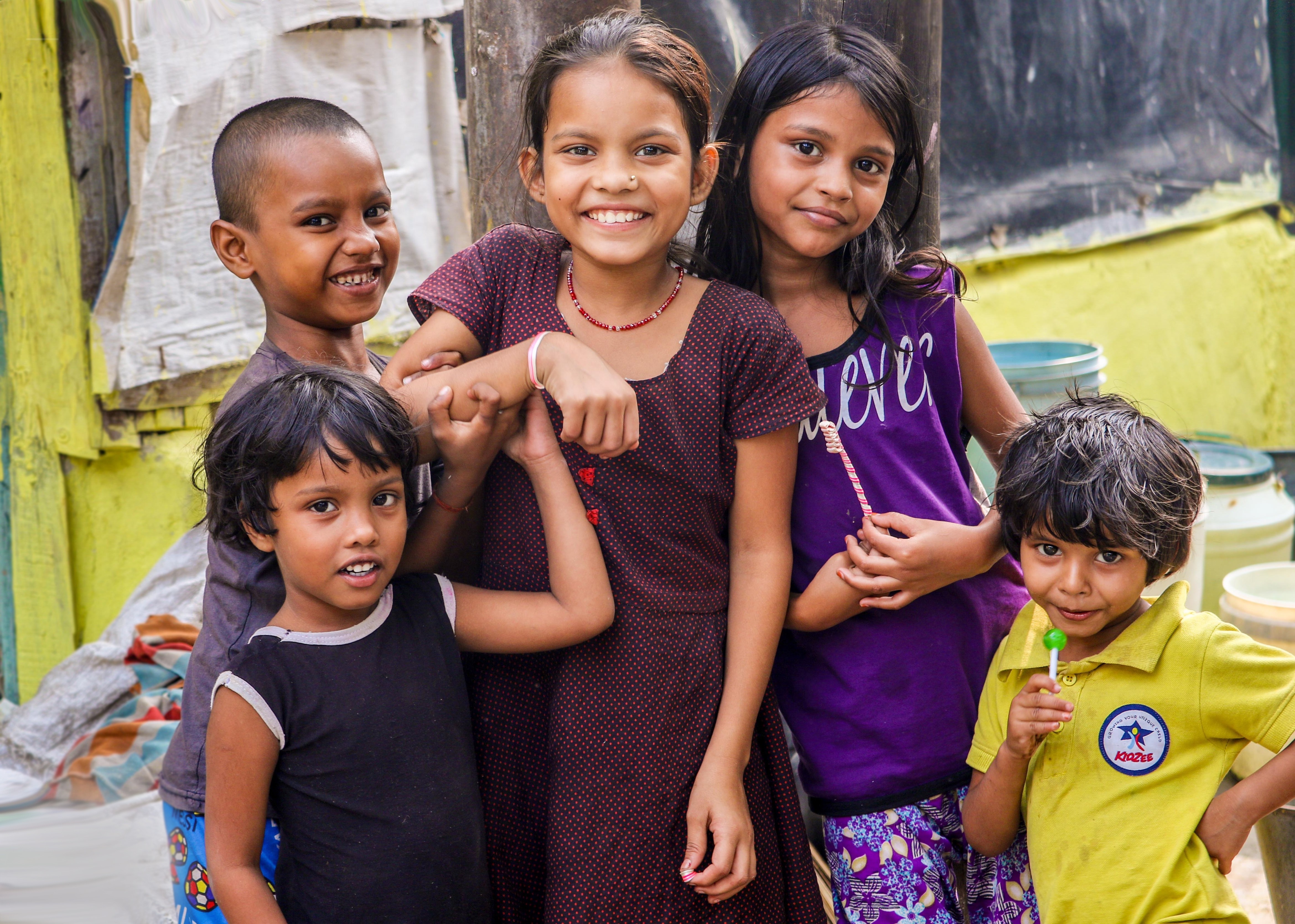
For a very long time, early childhood education in India came into the exclusive domain of the head of the family.
According to the Unicef India’s report, even one year of participation in a quality early childhood development program leads to higher school readiness levels, which in turn lead to better learning outcomes in the early primary grades.
A key concern emerging from the research is that most children in the study entered primary school at age five with school readiness levels which were far below expectations. They were therefore unequipped to meet the demands of the curriculum and had low learning levels. The study concludes that these low school readiness levels in children are clearly related to the quality of preschool education.
New Education Policy Offers Solutions
In 2019, the Ministry of Human Resource Development released a Draft New Education Policy 2019 (NEP), which was followed by a number of public consultations. The Draft NEP discusses reducing curriculum content to enhance essential learning, critical thinking and more holistic experiential, discussion-based and analysis-based learning.
NEP has set its objective to provide ‘every child in the age range of 3-6 years access to free, safe, high quality, developmentally appropriate care and education by 2025’.
The policy-document also promises to reform the curriculum for early childhood education so that ‘children of ages 3-8 have access to a flexible, multifaced, multilevel, play-based, activity-based, and discovery-based education’.
There has also been a realization that the children who lack a proper, developmentally appropriate early childhood education and care not only lag in the foundational stages of learning but also struggle in the later stages of their lives. To counter the ill-effects stemming from early deprivation, the policy document envisages to view the period starting from pre-school years (ages 3-6) to the end of grade 2 (till age 8) as a foundational stage where the attempts would be made ‘to develop and establish such an integrated foundational curricular and pedagogical framework, and corresponding teacher preparation, for this critical foundational state of a child’s development’.

through the Anganwadi framework as rural child care, the nation is attempting to meet its objective of upgraded wellbeing offices that are reasonable and available for nearby populaces.
Anganwadi and its Role
In India many children attend Anganwadi centers, that provide spaces for children to learn, play, eat nutritious food and develop the skills that they will need for a lifetime of learning. Attending pre-primary education, such as at an Anganwadi Centre, improves children’s school readiness when it ensures quality learning through interactive, play methods and with qualified instructors.
The word Anganwadi signifies “courtyard shelter” in Indian dialects. They were begun by the Indian government in 1975 as a major aspect of the Integrated Child Development Services program to battle kid malnourishment. India is a nation experiencing overpopulation, malnourishment, neediness and high newborn child death rates. To counter the well-being and mortality issues there is an extraordinary requirement for clinical and medicinal services specialists. Tragically India has a lack of gifted experts. In this manner, through the Anganwadi framework as rural child care, the nation is attempting to meet its objective of upgraded wellbeing offices that are reasonable and available for nearby populaces.
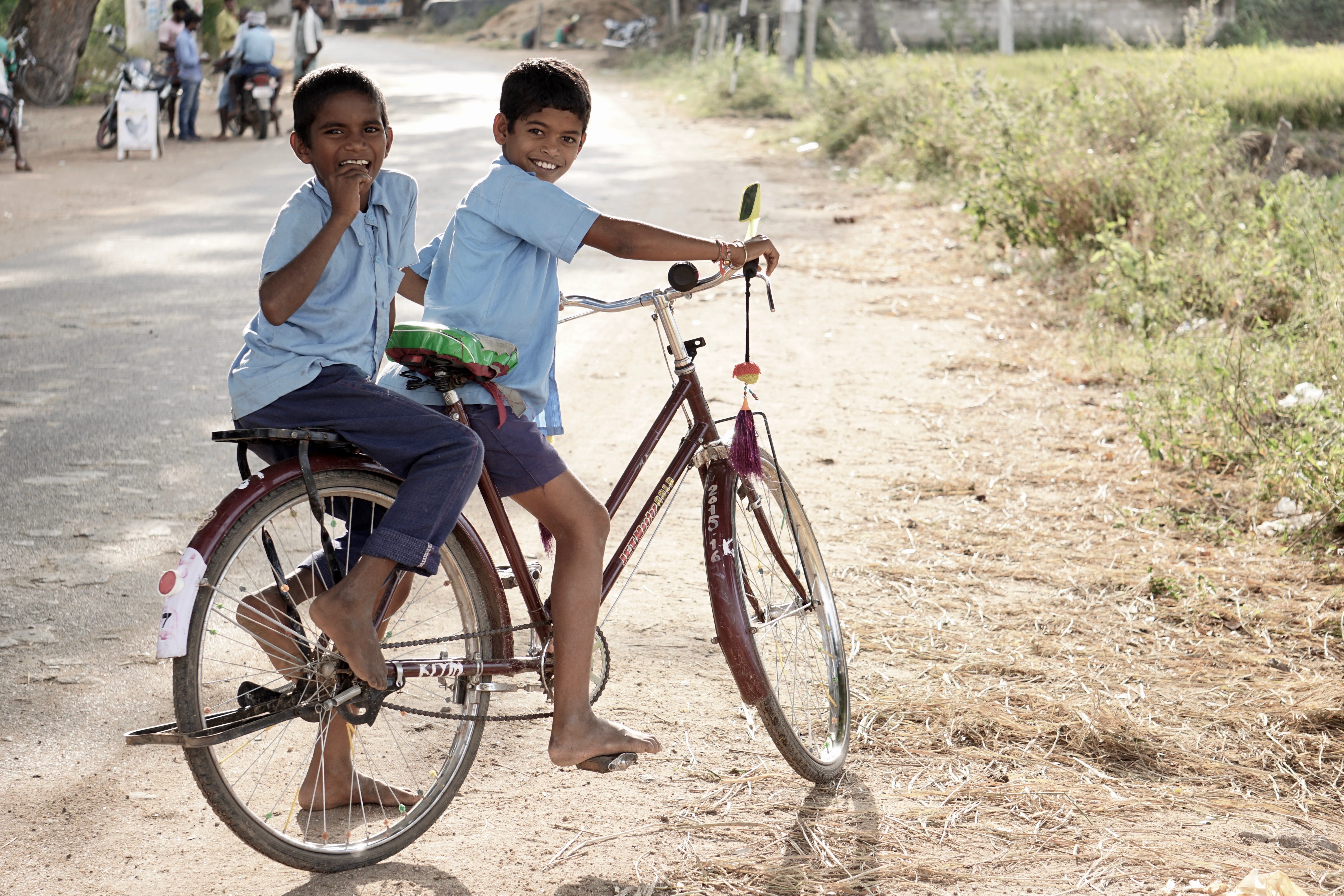
A key concern emerging from the research is that most children in the study entered primary school at age five with school readiness levels which were far below expectations.
It is yet to be seen, whether the new education policy will make the necessary changes and be effective. According to some opinion in India, with a little support from the society, and the Below Poverty Line families, who would aim to send their child to study rather than on sites to work, this mission of improving early childhood education in India would be achieved. Nevertheless, the most important change that is definitely noticed is that the importance of quality early childhood education has been recognized by the important stakeholders and made a part of their development strategy going forward.
About the author: Tatsat Bhatt is a 4th Year B.B.A. LL.B. Student at L. J. School of Law, India. He is extremely passionate about writing columns and authoring articles on vivid legal issues. He has written various research papers on Criminal Law, Company Law and Medical Law. He hopes that his philosophy and skills will lead to a greater sense of social equality.






